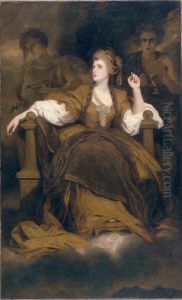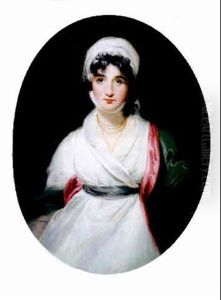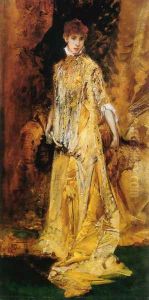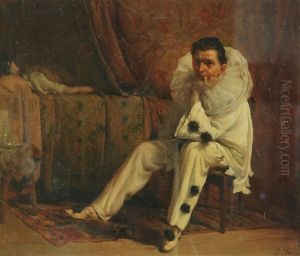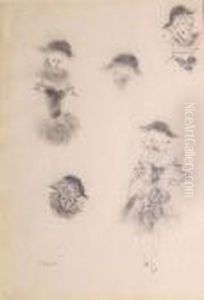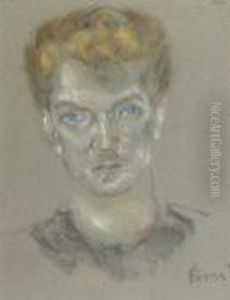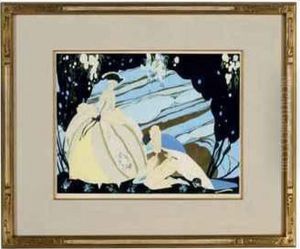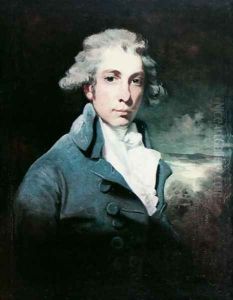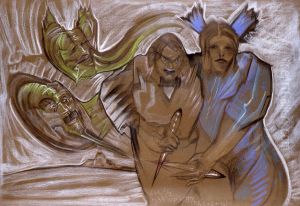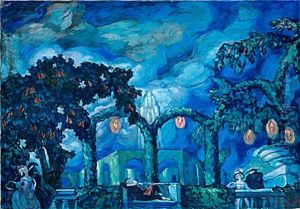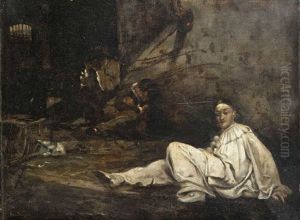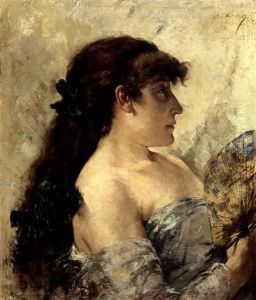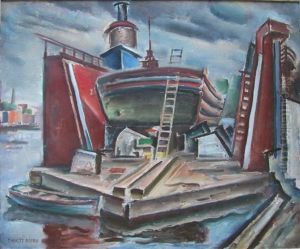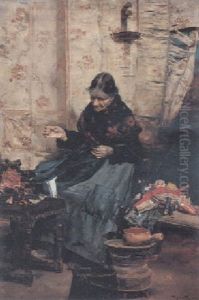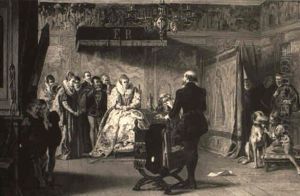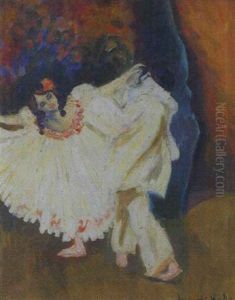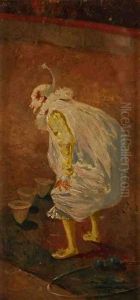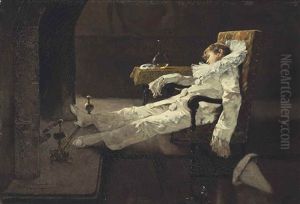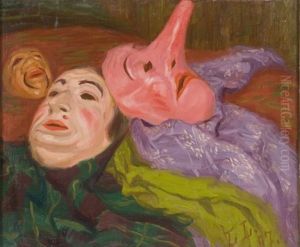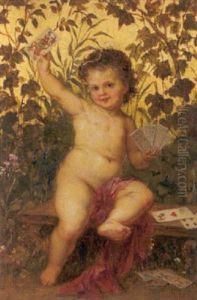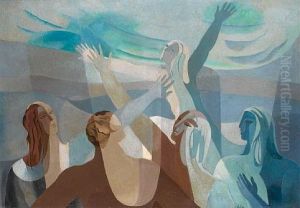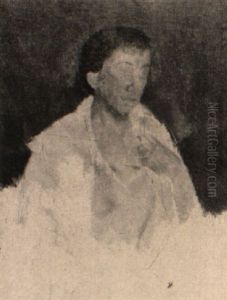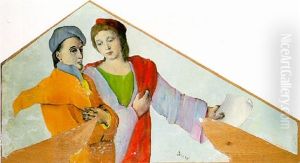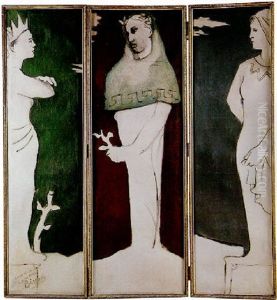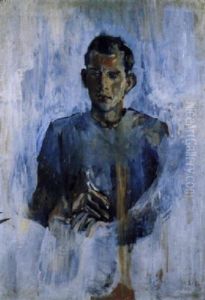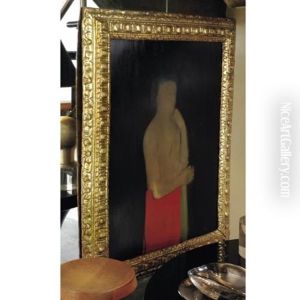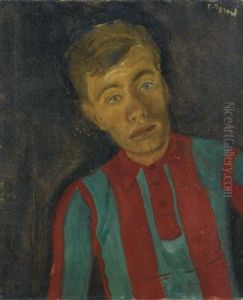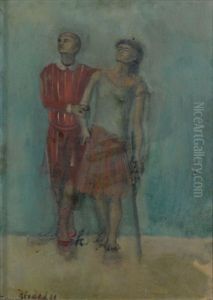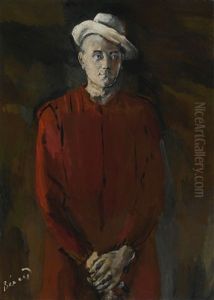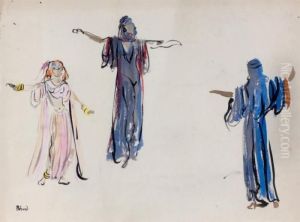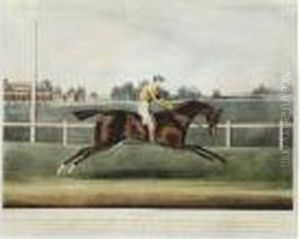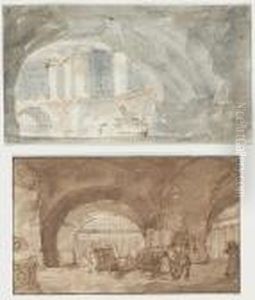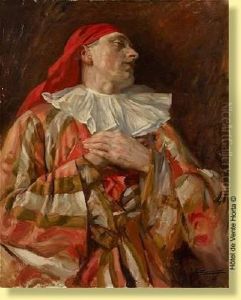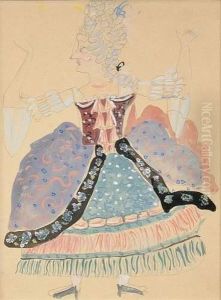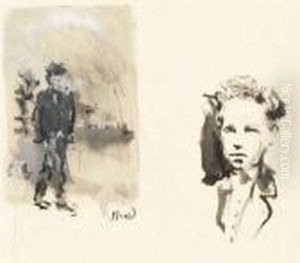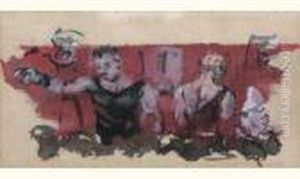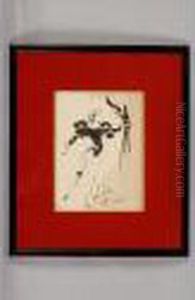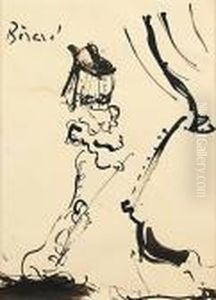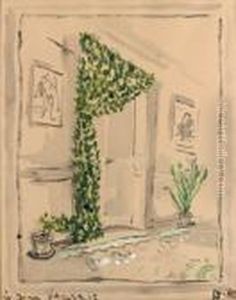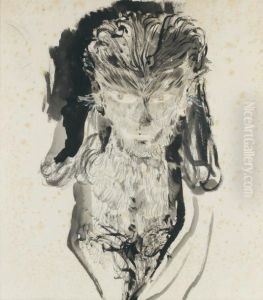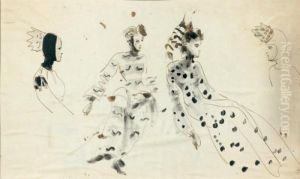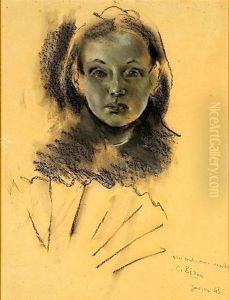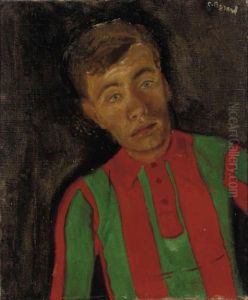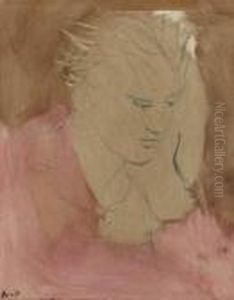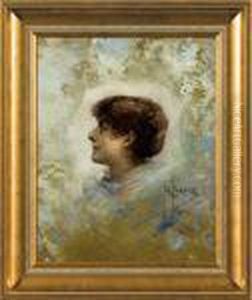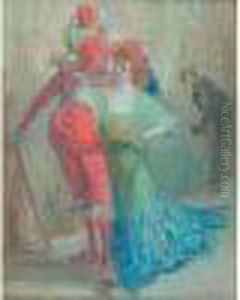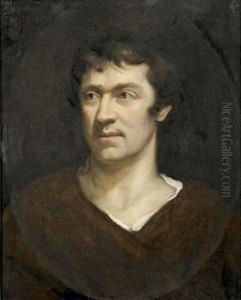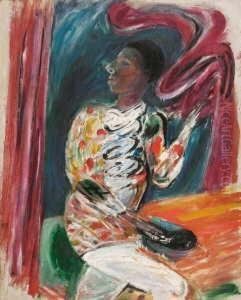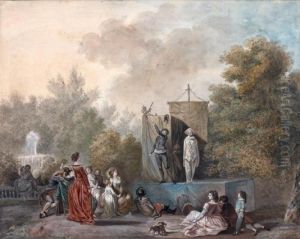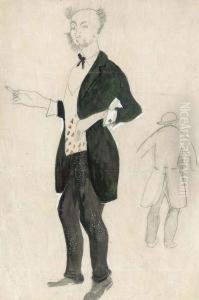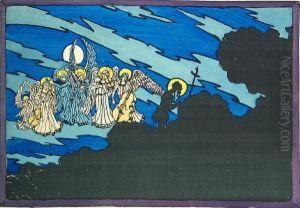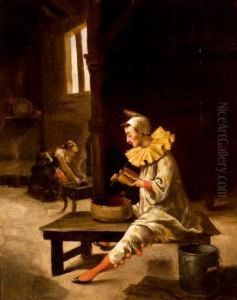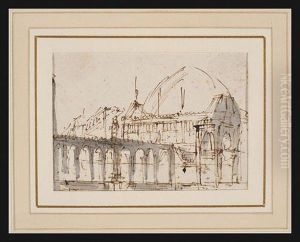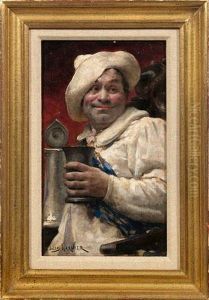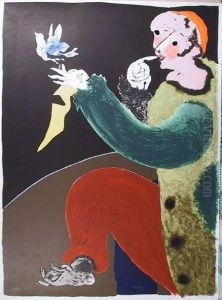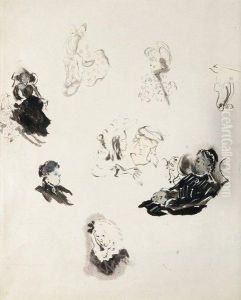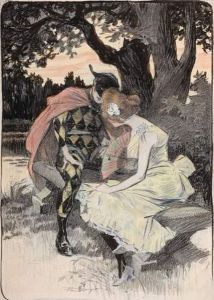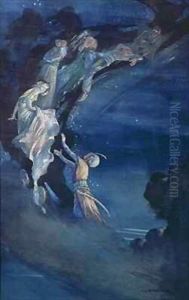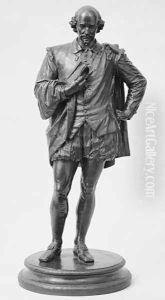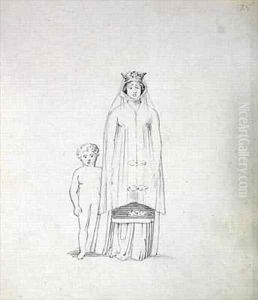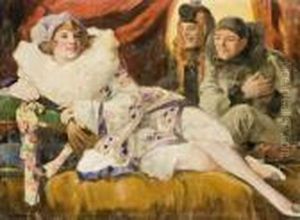Influence Of Theatre Paintings
The ProfoundInfluence of Theatreon Masterpiece Painting
The performing arts, particularly theatre, have always held a powerful mirror to human experience, and their profound connection with visual art is undeniable. From ancient Greek drama to modern stage productions, the Influence of Theatre has deeply shaped painting, providing artists with rich narratives, dramatic compositions, and compelling emotional depth. This symbiotic relationship has inspired countless masterpieces, transforming canvases into stages where stories unfold and characters come alive, inviting viewers into a world of dramatic storytelling and human emotion.
Throughout art history, artists have drawn directly from theatrical elements, integrating them into their visual language. The Baroque era, for instance, saw painters like Caravaggio and Rembrandt embracing dramatic lighting (chiaroscuro) and intense emotional expressions, mirroring the heightened drama of contemporary stage productions. Their works often feel like frozen moments from a play, capturing peak emotional states and dynamic action. Similarly, the grand historical and mythological scenes of Romanticism, exemplified by Delacroix, frequently borrowed compositional techniques and narrative intensity from theatrical staging, creating sweeping visual spectacles that captivated audiences.
The connection continued strong into the 19th and 20th centuries. Impressionists like Edgar Degas famously depicted ballet dancers and opera scenes, capturing the fleeting moments and vibrant energy of the Parisian stage. His works offer an intimate glimpse into the world behind the curtain, showcasing the beauty and discipline of performance. Henri de Toulouse-Lautrec, on the other hand, immortalized the lively atmosphere of cabaret and music halls, portraying performers and audiences with a raw, expressive style that perfectly encapsulated the spirit of the Parisian entertainment scene. These artists weren't just painting subjects; they were exploring the very essence of performance, character, and human interaction as seen through the lens of theatre.
The Influence of Theatre extends beyond mere subject matter; it permeates artistic techniques, from the use of dramatic perspective and carefully orchestrated group compositions to the portrayal of gesture, costume, and the interplay of light and shadow designed to evoke a specific mood or narrative. Exploring art through this lens reveals how the stage has provided a continuous source of inspiration for visual artists, enriching their understanding of human emotion, narrative structure, and the power of visual storytelling. Discover how the dramatic arts have shaped some of the world's most iconic paintings, offering a unique perspective on the enduring legacy of performance in art.
